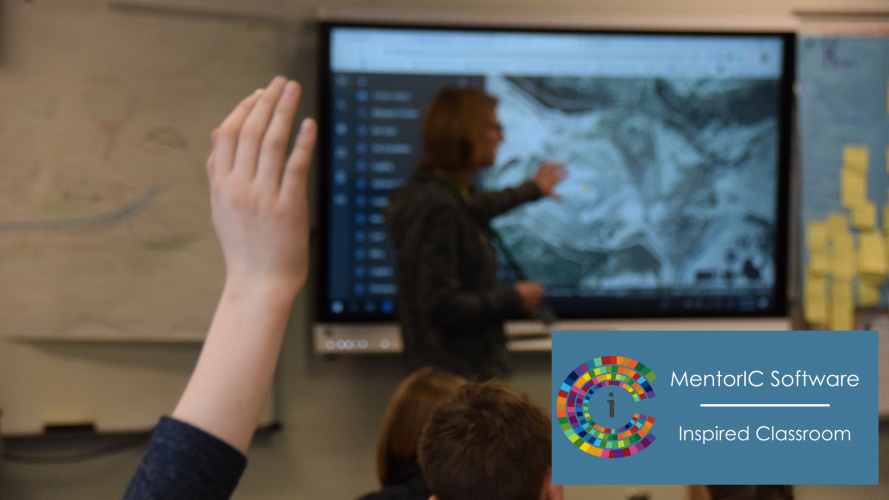
MentorIC
Inspired Classroom Mentor Partners can create and house content on a software platform, MentorIC.
Using MentorIC’s unique, four-way collaborative system, students and teachers connect with Mentor Partner organization education coordinators to experience amazing content and activities. Teachers have all of the information and background they need to guide their students and the learner can submit projects for feedback from the organization experts. The platform features a manager dashboard making MentorIC a subscription-based, easily scalable, and sustainable SaaS product.
MentorIC software captures data from educators/mentors and learners while attaining COPPA compliance and best practice. Mentor Partners can pull reports on the number of learners, the number of mentors, how educators/mentors are using the platform with learners, where they are located, and if using in public K-12, what percentage of students qualify for Free and Reduced Lunch services. Mentor Partners can use project management tools to help create dynamic experiences, track engagement, and gather anecdotal records.
Inspired Classroom provides custom curriculum consultation, workshops, and professional development for Mentor Partners to fully support quality learning experiences.
The pedagogical analysis covers how the product supports learning of the identified skills. The student’s role is assessed by four contrary pair parameters, which are selected to cover the most essential aspects on the use of the product.
The following are the high educational quality aspects in this product.
The supported learning goals are identified by matching the product with several relevant curricula descriptions on this subject area. The soft skills are definitions of learning goals most relevant for the 21st century. They are formed by taking a reference from different definitions of 21st century skills and Finnish curriculum.




User reviews for MentorIC
You need to log in to post a review.